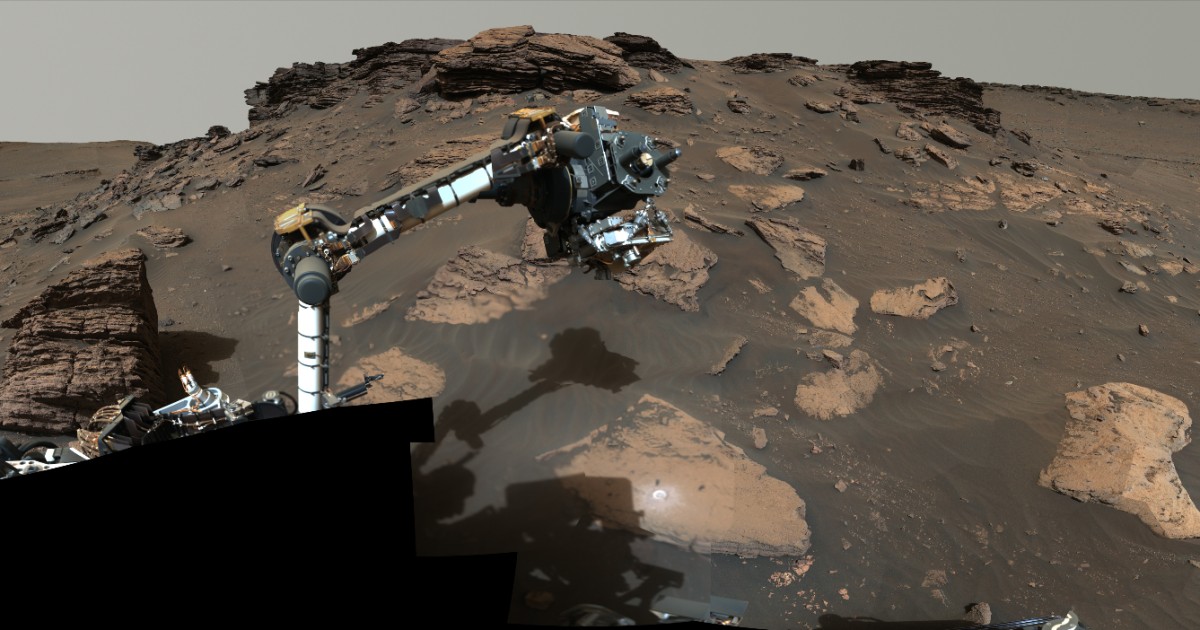
NASA’s Perseverance rover has collected several “tantalizing” rock samples from an ancient river delta on Mars, setting the stage for an elaborate future mission that aims to retrieve the specimens and bring them back to Earth.
Agency officials said Thursday that four “scientifically compelling” rock samples were gathered from within Jezero Crater, an area on Mars where a river and lake once converged billions of years ago, making it a prime spot to search for signs of ancient microbial life.
Scientists won’t be able to study the specimens up close until they are brought to Earth, likely sometime in the 2030s, but NASA said some of the rocks contain the highest concentrations of organic material yet detected by the Perseverance rover.
“I personally find these results so moving because it feels like we’re in the right place with the right tools at a very pivotal moment,” Sunanda Sharma, a mission scientist at NASA’s Jet Propulsion Laboratory, said Thursday in a news briefing.
The presence of organic molecules — typically made up of carbon, hydrogen and oxygen — does not necessarily mean there was once life on the Red Planet, but organics are considered to be key ingredients for life.
Ken Farley, a Perseverance project scientist at the California Institute of Technology, said researchers don’t yet know the significance of the discoveries but added that it’s “interesting” to find rocks with organic matter in the habitable environment of Jezero Crater.
“These rocks are exactly the kind of rocks we came to investigate, both with the rover and its scientific instruments and also to bring back to Earth so that they can be studied in terrestrial laboratories,” he said.
Perseverance has been exploring the 28-mile-wide basin of Jezero Crater since it touched down on Mars in February 2021. The rover previously found igneous rocks, likely formed deep underground through volcanic processes, on the crater floor. Perseverance is now examining sedimentary samples along the fan-shaped delta, which is thought to have formed 3.5 billion years ago from an ancient river flowing into Jezero.
“This amazing rover has collected a really tantalizing suite of rocks with extraordinary science potential,” Laurie Leshin, director of the Jet Propulsion Laboratory, said in the briefing.
Perseverance has, for example, identified a 3-foot-wide mudstone, dubbed Wildcat Ridge, that contains organic compounds and likely formed billions of years ago as mud and sandy sediments were deposited in an evaporating lake.
Perseverance has collected 12 “scientifically compelling” rock cores to date, along with one sample of the Red Planet’s atmosphere.
The rover’s mission on the Martian surface is the first step in the so-called Mars Sample Return campaign, a collaboration between NASA and the European Space Agency. Subsequent missions will send another spacecraft to Mars to collect the samples and ferry them back to Earth for more detailed analysis.
Source: | This article originally belongs to Nbcnews.com









